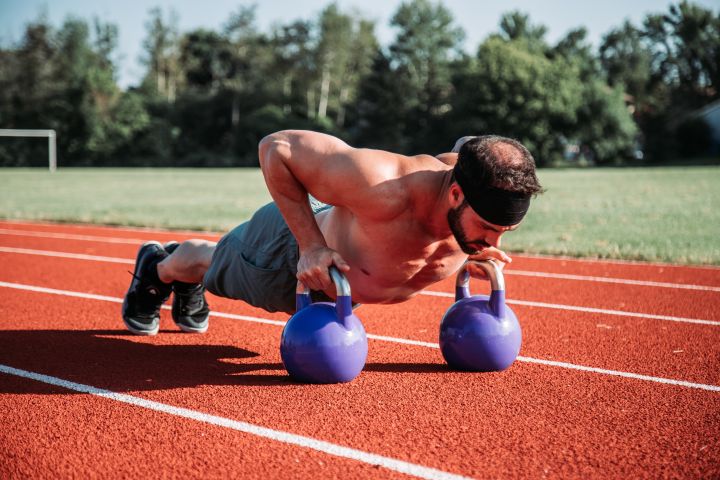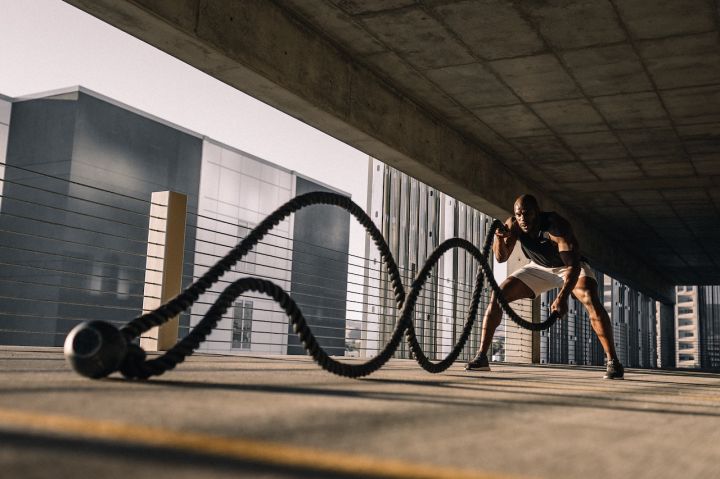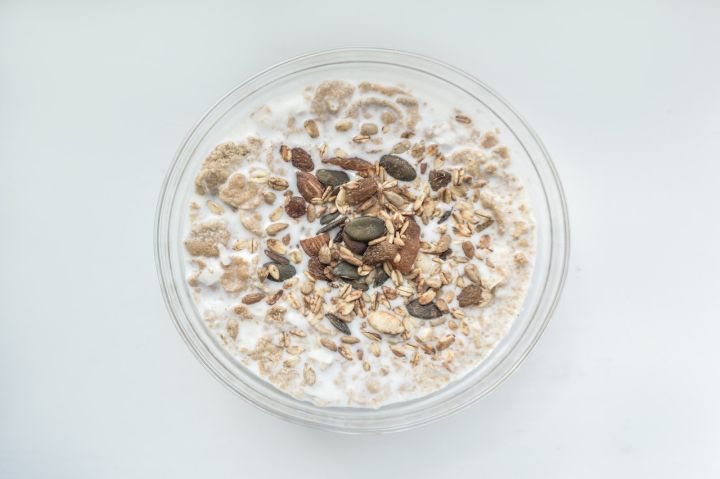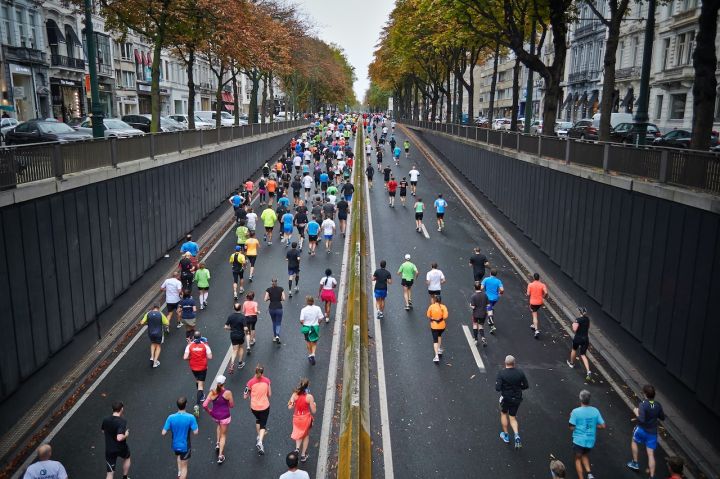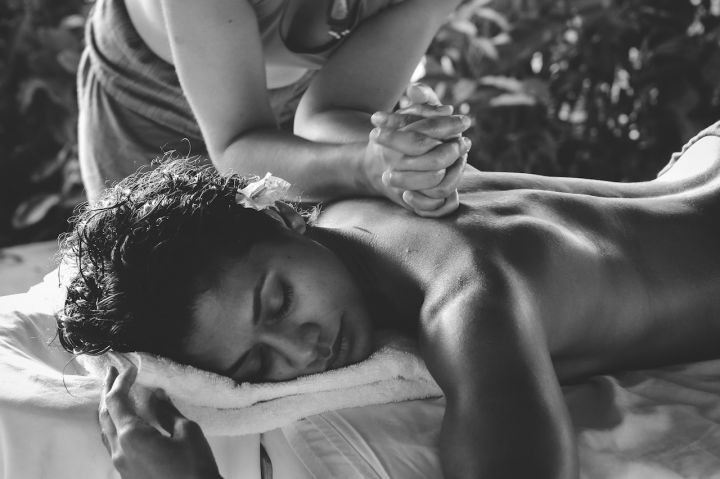when you see fitness professionals or fitness trainers at the gym, they all like to practice hard pulls. Because they are relatively heavy, many fitness beginners are afraid to try them, for fear of getting injured and for fear of not doing well and being laughed at by others. What are the benefits of hard pulling? How do you do it?
Fitness professionals know that hard pulling can train the back of the body, including the hamstrings, gluteus maximus and back. Posterior chain training balances the body, improves posture and increases strength. In short, hard pulling builds muscle, improves posture and balances the whole body.

whether it is a traditional hard pull or a sumo hard pull, the hip and knee joints move at the same time, in no particular order
one of the movements the joints do is the knee extension movement, where we go from a bent state to a straightened knee movement when we apply force, and the other is the hip extension movement. Hip extension is the change of the angle between the upper and lower limbs of the body from small to large.
In a hard pulling movement, the angle between the hip joint and the lower limb changes from small to large, and this is called hip extension. If the hip extension and the knee extension are sequential. Suppose you do the knee extension first and then the hip extension, the movement becomes two movements, one is the flexion and extension of the leg or the squat and half squat state. Then it becomes a straight leg hard pull, because the knee is already extended value, so it is impossible to do it separately.

how to practice hard pulls
many of you practice hard pulls with your back arched. Don't do this, you should maintain the correct posture every time you do a hard pull. Good posture will reduce the risk of injury.
While the risk is never zero, good form posture distributes pressure evenly across the musculature of the posterior chain, rather than applying damaging pressure to specific areas of the lower back.
In addition to reducing the risk of injury, good form improves athletic performance: The right muscles move at the right time to pull the barbell from the floor to the locked position. When you practice hard pulls with good posture, the barbell moves along a path that makes effective use of the legs, hips and back.

correct hard pulling motion
once you have mastered the hip hinge pattern, you are ready to go for the hard pull. What does the correct hard pulling position look like?
1. Legs hip-width apart, hands on the outside of the thighs
2、grip the barbell in a positive grip
3. Keep your back in a natural curve throughout the exercise
4. Shoulder blades are lowered and tucked back
5. Bar and legs slightly touching throughout the movement
6. The hips and knees move together to transfer the bar from the floor to the upper thighs, locking the position
whether it is a traditional pull or a sumo pull, as long as your knee is bent at the starting position, the quadriceps muscle of the knee joint fires the knee joint to do knee extension and the hip joint does hip extension at the same time during the pull.

traditional hard pull
in the traditional hard pull, the feet stand with heels hip-width apart, toes directly forward or spread out slightly, with the feet fixed to the floor. The barbell should be positioned in the centre of the feet, in fact closer to yourself is a better position.
Ready, bend your knees and try to keep your spine as neutral as possible. Note: Do not arch your back.
Grasp the barbell at the sides of your feet, it is recommended that the grip is not too wide. You can practice with a forward grip or with a forward or reverse grip, but not with a two-handed reverse grip. Hard pulls with a reverse grip are not for you and can lead to injury.
Squeeze your shoulder blades back and lift your chest. With your feet supported on the floor, use the strength of your legs to pull the barbell off the floor. Once the barbell is above knee height, push your hips forward, stand up straight and pull the barbell with your hands fully stretched. Lock the weight in place by straightening your legs and lifting your chest. Then slowly lower the weight back to the starting position, note: Do not arch your back throughout.

sumo hard pull
in the sumo hard pull your feet are in a position more similar to that of a sumo wrestler. The torso is straighter than in a regular hard pull and the hips will squat lower. This means that the stimulation of the lower back in this movement is limited. Your quads and groin area will be more involved in the hard pull because your initial position is closer to a deep squat. The hands grasp the barbell on the inside of the legs, but the barbell is positioned in the same way as in a traditional hard pull.
Both versions of the hard pull involve many other factors, but many of them are based on personal training habits.

sumo hard pull
how do i choose between the two types of hard pull? What are the benefits?
Regular hard pulling is the best choice as it is more of a full body exercise. This is because it helps athletes to get maximum muscle building benefits. Other fitness enthusiasts believe that the sumo pull is better because the barbell does not have to be moved as far. Also, the legs are more involved and therefore the risk of lower back injury is reduced.

once you know the similarities and differences between the two types of pulling, you should choose the movement according to your training goals. For example, if you need to push your strength to the limit like a powerlifter, you can try the sumo pull. For example if you want to work your rear end, then you can choose weights that you can do sets with and you can do more traditional hard pulls.

because the hard pull is a very effective fitness movement, people who love to play with iron will add it to their training program. Maybe you don't schedule it for yourself a lot, but you want to get better fitness results, it's time to get the hard pull up.

